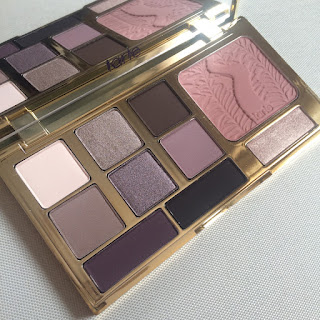When To Use Actives In Your Skincare Routine
My attitude to skincare is always, 'less is more'. In overdoing it and adding too many products, often you can disrupt the PH of your skin which can lead to further problems. In many cases, individuals are over complicating their routine by adding too many actives. It's simple: begin applying an active to one area of your routine, (i.e. your serum) and then work your way up.
My advice;
- Begin with a mask that targets your main concern, such as texture. Actives in a mask can be quantified, ensuring that the percentage of actives are not too much for your skin. Try a mask that can be washed off, so you can measure how long the active will penetrate the skin for.
- To avoid irritation related to active products, you must ensure the products you are using do not contain hidden active ingredients. Many clients I have are unaware of the sneaky actives in their cleanser or moisturiser. The issue with this, is typically they will not target the areas you want them to. As the actives are not quantifiable, often the active will not be effective. My advice to you is always check what you are currently using, before adding to the fire which will stop irritation and any unwanted side effects.
- Steer clear of physical exfoliants that contain actives and opt for an acid. If you notice your skin is looking red and irritated, often physical scrubs are causing this. To target texture, choose Lactic acid to smooth out surface texture and remove dead skin cells.
- The concept behind actives suggests an area that can be your target resolution. If you are already using irritants in your current routine, the results will not be shown.
Important Acids:
-Lactic Acid exfoliates dead skin cells only and hydrates the new cells. Milk peptides are the best way to go if sensitivity is your concern.
-Glycolic Acid is the smallest AHA and therefore can provide the most results as it is able to deeply penetrate the dermis. This acid is brilliant for those with uneven skin tone and poor texture.
-Citric Acid can be used to promote cell renewal and to adjust the acidity of the skin.
-Azelaic Acid doesn't exfoliate the skin in the same way as other AHA's as it is gentler on the skin. As a result, this acid can be used for much more than simply smoothing the texture of your skin, including reducing skin sensitivity and assist post-acne scarring.
-Lactic Acid exfoliates dead skin cells only and hydrates the new cells. Milk peptides are the best way to go if sensitivity is your concern.
-Glycolic Acid is the smallest AHA and therefore can provide the most results as it is able to deeply penetrate the dermis. This acid is brilliant for those with uneven skin tone and poor texture.
-Citric Acid can be used to promote cell renewal and to adjust the acidity of the skin.
-Azelaic Acid doesn't exfoliate the skin in the same way as other AHA's as it is gentler on the skin. As a result, this acid can be used for much more than simply smoothing the texture of your skin, including reducing skin sensitivity and assist post-acne scarring.
Navigate your skincare according to your particular concern and keep it simple.


Comments
Post a Comment